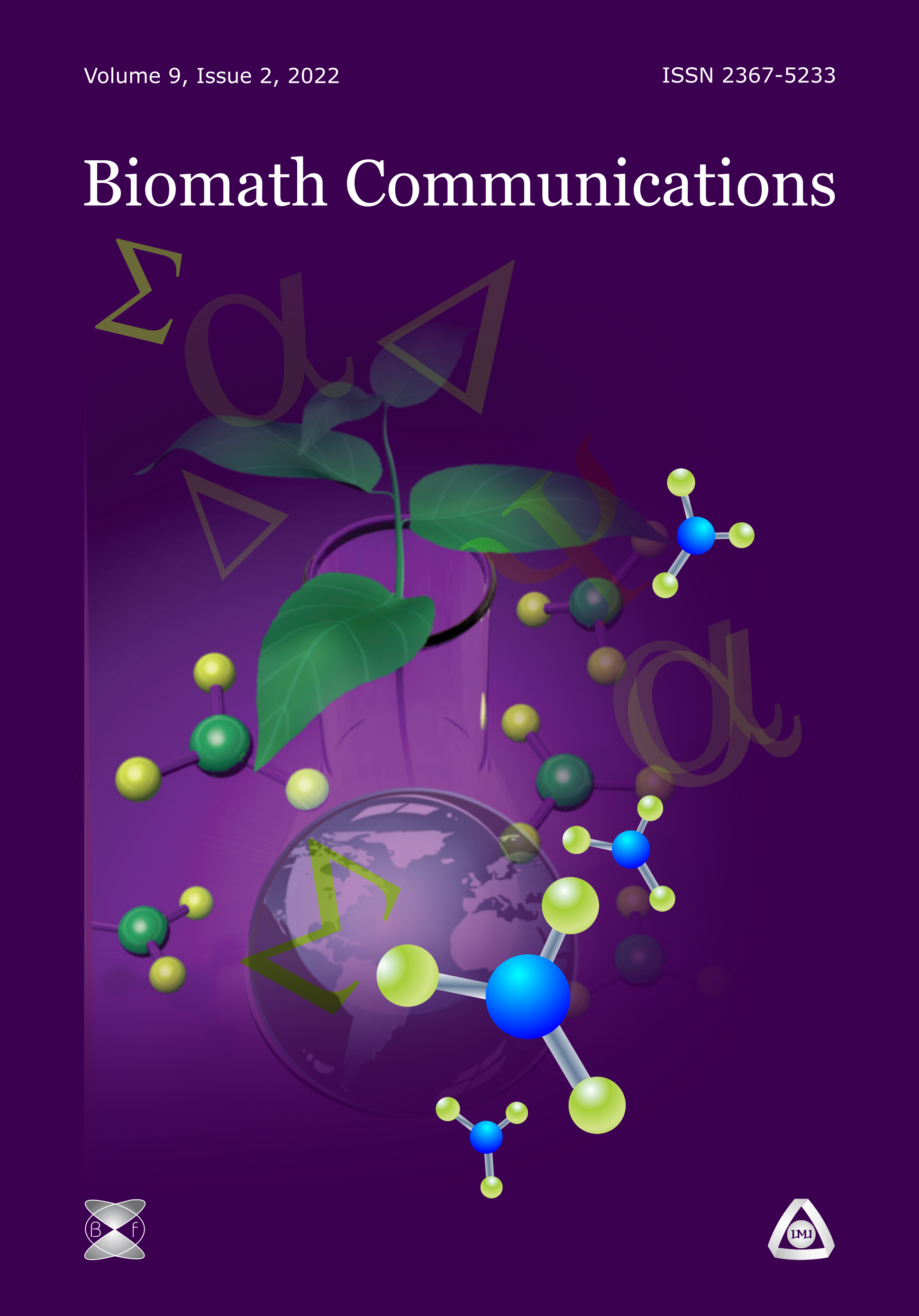A Novel Mathematical Model of Targeted Cancer Therapy along p53 Proteasomal Degradation Pathways
DOI:
https://doi.org/10.11145/156Abstract
Overzealous MDM2-mediated ubiquitination of p53 characterizesand sustains over 50% of all human cancers. Successful targeted cancer therapyhinges on a thorough understanding of the ubiquitination process.Unfortunately, current steady-state enzyme kinetic models fail to accuratelydescribe the ubiquitin-proteasome system, due to the assumption that the enzyme(E3 ligase) is expressed at infinitesimally smaller concentrations than thesubstrates (E2 conjugase and target protein). This limitation of the quasi-steadystate assumption prohibits the use of steady-state models when analyzing thecancerous consequences of extreme ubiquitin-ligase overexpression. This paperderives a novel non-steady-state mathematical model of ternary complex enzymekinetics, which can be used to simulate the behavioral response of theubiquitin-proteasome system to specific variations in the cellularconcentrations of targeted the E2 conjugase, E3 ligase, and target protein.Computer simulations of the model were used to study the effects of E2D3 andMDM2 concentrations on the rates of p53 ubiquitination at differenttemperatures. At each temperature, it was observed that the ubiquitin-ligaseMDM2 accelerates the dangerous degradation process, while the ubiquitinconjugating-enzyme E2D3 inhibits it. It was also discovered that E2D3 is a moreeffective inhibitor of p53 ubiquitination at higher body temperatures, whereas MDM2 is then a less-effective catalyst. The derived model therefore suggests MDM2 as a prospective target for cancer therapy. In addition, the findings of this project propose recombinant E2D3 as a new promising protein-basedanticancer drug and a potential tumor suppressor protein. The mathematical model successfully reproduced the experimentally observed p53-MDM2 interaction. Further in vivo experimentation is necessary for additional validation of thecomputational results. The derived model can suggest new therapeutic solutions for decreasing the harmful effects of many human cancers, bacterial infections,and inflammatory diseases (such as rheumatoid arthritis) characterized by an overzealous ubiquitin-proteasome system.Downloads
Published
Issue
Section
License
The journal Biomath Communications is an open access journal. All published articles are immeditely available online and the respective DOI link activated. All articles can be access for free and no reader registration of any sort is required. No fees are charged to authors for article submission or processing. Online publications are funded through volunteer work, donations and grants.
Authors who publish with this journal agree to the following terms:
- Authors retain copyright and grant the journal right of first publication with the work simultaneously licensed under a Creative Commons Attribution License 4.0 that allows others to share the work with an acknowledgement of the work's authorship and initial publication in this journal.
- Authors are able to enter into separate, additional contractual arrangements for the non-exclusive distribution of the journal's published version of the work (e.g., post it to an institutional repository or publish it in a book), with an acknowledgement of its initial publication in this journal.
- Authors are permitted and encouraged to post their work online (e.g., in institutional repositories or on their website) prior to and during the submission process, as it can lead to productive exchanges, as well as earlier and greater citation of published work (See The Effect of Open Access).

